The wonders of Carolina allspice: Used to scent a garden, a kitchen, or even your cleavage
'Unfortunately, I’m without the necessary equipment to test this theory (although middle age may bestow it), but having a Carolina allspice in a sunny spot near the front door or by a south-facing window certainly sends glorious spicy wafts through the house in mid spring.'

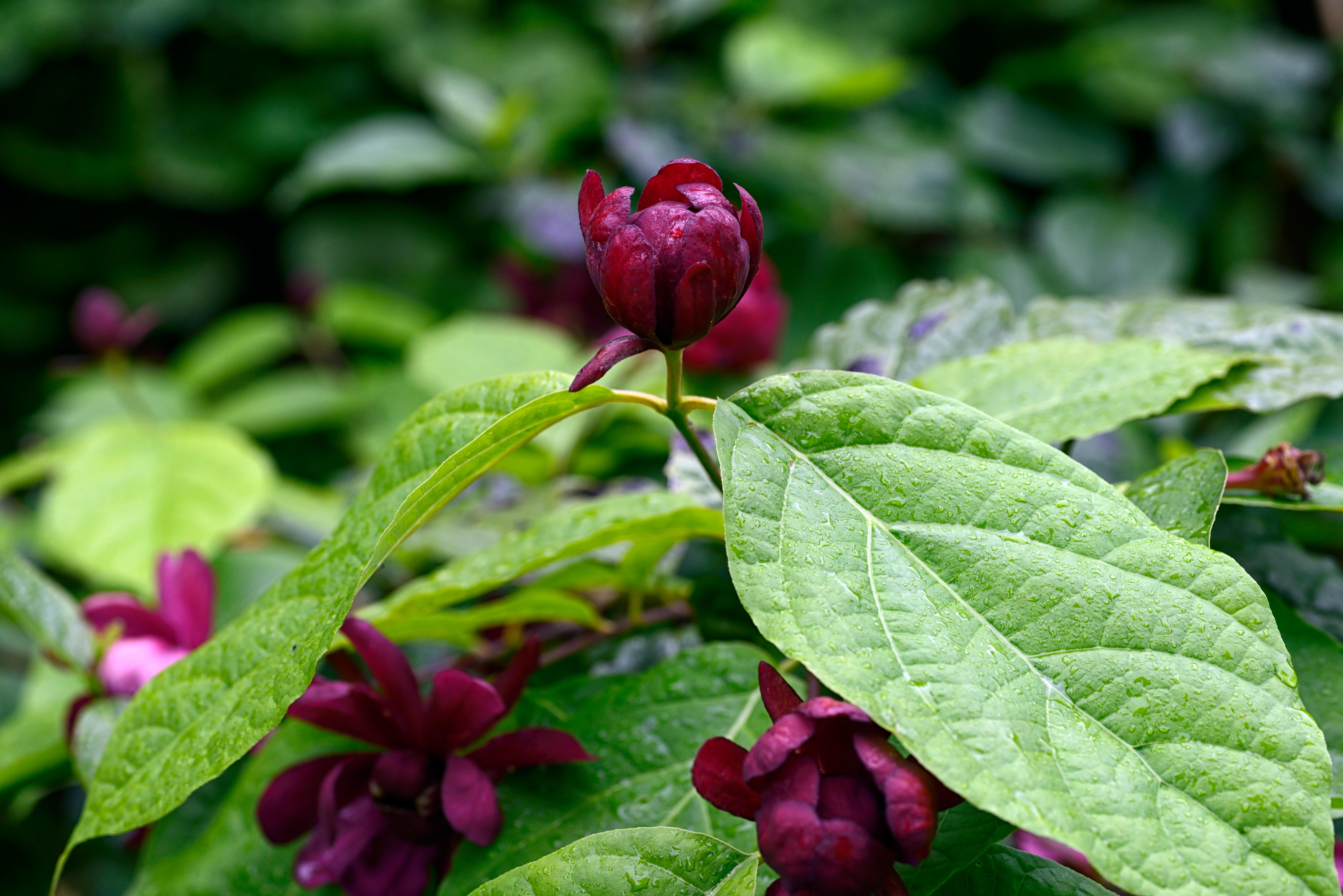
One of the secret pleasures of gardening is the ease with which it can connect you to places you’ve never been, to people you’ll never meet. The pecan orchard I planted owed everything to those adventurous souls who, over the decades, took seeds from flourishing trees and planted them slightly further north, eventually reaching Canada in optimistic increments, a latitude shared with this inquisitive gardener.
You’ll find pecans in the river basins of the southern states of the USA, which is also the natural home of Carolina allspice (Calycanthus floridus). I’ve never been there, yet the scent of its flowers are exactly how I now imagine the heavy perfume of the summer nights in that part of the world.
Carolina allspice is colloquially known as the bubby bush – a politer version of ‘booby bush’– as it was customary for women to crush the flowers and place them in their cleavage, with bodily warmth releasing the flowers’ scent over the course of the day.
'The whole plant is scented: the extraordinary rusted-strawberry coloured flowers, the shiny green leaves and the bark all have their own distinctive spicy scent.'
Unfortunately, I’m without the necessary equipment to test this theory (although middle age may bestow it), but having a Carolina allspice in a sunny spot near the front door or by a south-facing window certainly sends glorious spicy wafts through the house in mid spring.
The flowers are about 2in across and appear right through summer: their scent varies with the intensity of the sun and from plant to plant and is a fresher version of the heavy, sweet perfume of strawberries, pineapple and cinnamon.
The whole plant is scented: the extraordinary rusted-strawberry coloured flowers, the shiny green leaves and the bark all have their own distinctive spicy scent.
A squeeze of the leaves releases their thick camphor perfume and the scratch of a stem reveals a sherbetty cinnamon scent from the bark, the only part of the plant you can eat: the rest is toxic.
Exquisite houses, the beauty of Nature, and how to get the most from your life, straight to your inbox.

You can snip off a twig or two any time to harvest the bark, but mine tend to get some dieback if new growth is caught by late frosts, so I prune out anything that’s been knocked back and use the bark, peeled from the twigs. A few days’ drying on a sunny window ledge or for a few hours in the lowest of ovens intensifies the flavour and perfume.
The dried bark will keep indefinitely, but loses some of its intensity over time, especially if ground to a powder: I tend to keep the bark in strips and grind it as needed or use it in strips. Warming it in a dry pan over a medium heat releases some of that fragrance and flavour and is a very good idea if you’re using it in a fairly quick recipe.
Once established in favour-able conditions, Carolina allspice grows as a dense shrub to about 6½ft tall and across. Although its natural home is the damp, wooded river valleys of the southern USA, it’s best to grow Carolina allspice in full sun in order for it to thrive and ripen its wood well. It will tolerate all but extreme soils, favouring reasonably well-drained locations that are sheltered from the worst of the winter’s winds. Avoid frost pockets.
'Pruning isn’t essential and, given that you can cut them back at any time of year, it’s an unpressured and pleasingly aromatic task'
As low-maintenance plants go, Carolina allspice takes some beating: I’ve never experienced any trouble from pests or disease with them, nor have I read of any. Picking a sunny, sheltered spot in a soil that doesn’t become waterlogged usually ensures that any frost damage is minimal – when dormant and leafless, they’re hardy to about –20˚C or so, but the tender new spring growth can be knocked back by late frosts. Damage is, however, usually only cosmetic.
Pruning isn’t essential: mine get a trim for shape only and, given that you can cut them back at any time of year, it’s an unpressured and pleasingly aromatic task. Don’t forget to peel the bark from any stems you prune, using a knife to slice along the stem: it should come away easily.
Carolina allspice is sold under various other names – American allspice, spice bush and eastern sweetshrub among them – and most widely as a generic, rather than a named variety. Venus is a beautiful white-flowered variety and, if you can find it, Athens is supposed to be particularly fragrant.
Mark Diacono grows edibles, both usual and unusual, at Otter Farm in Devon (www.otterfarm.co.uk)
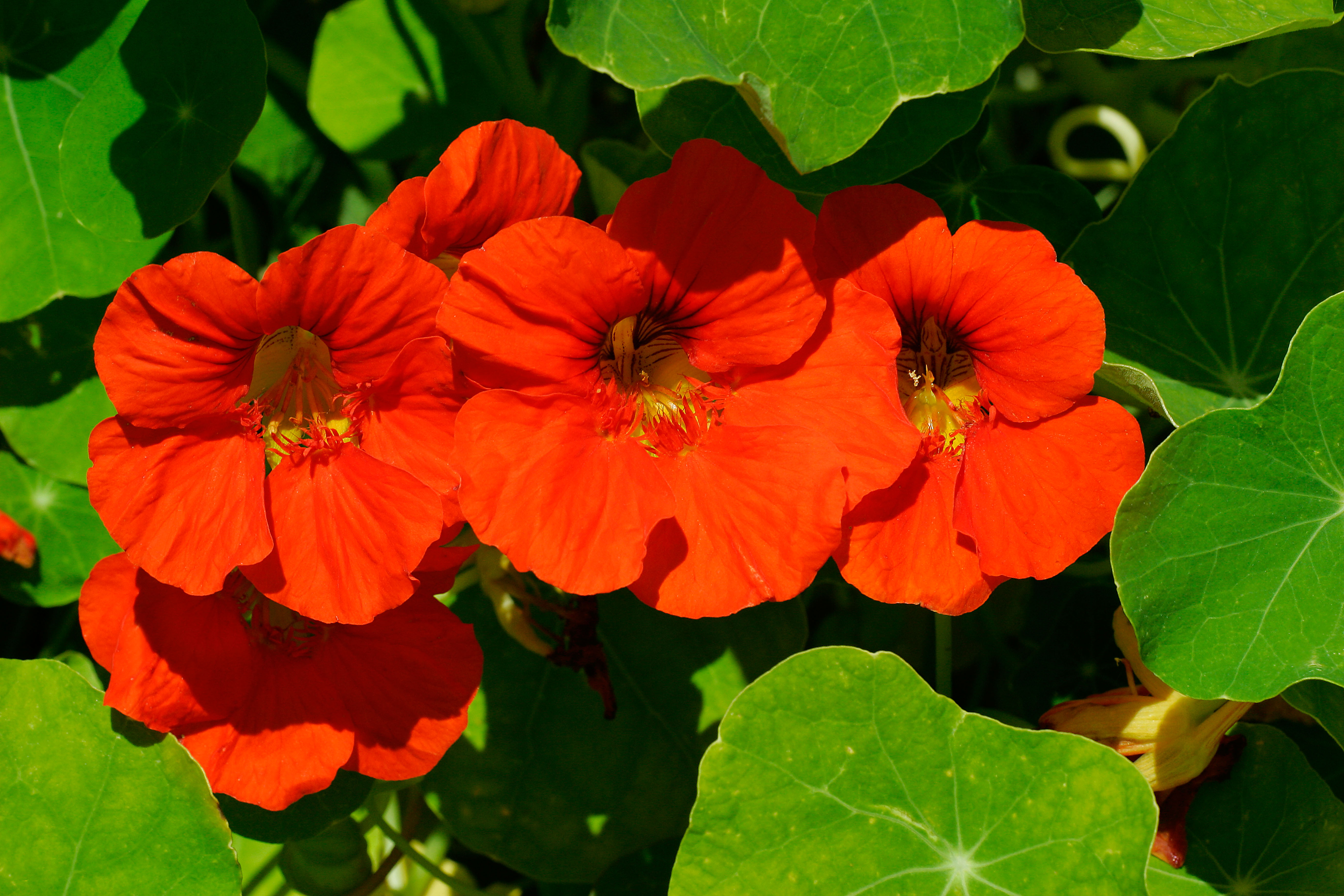
Credit: Alamy
The top salad leaves to grow in your garden for summer garnishes
Mark Diacono tells us his top salads to plant to accompany barbecues this summer season.
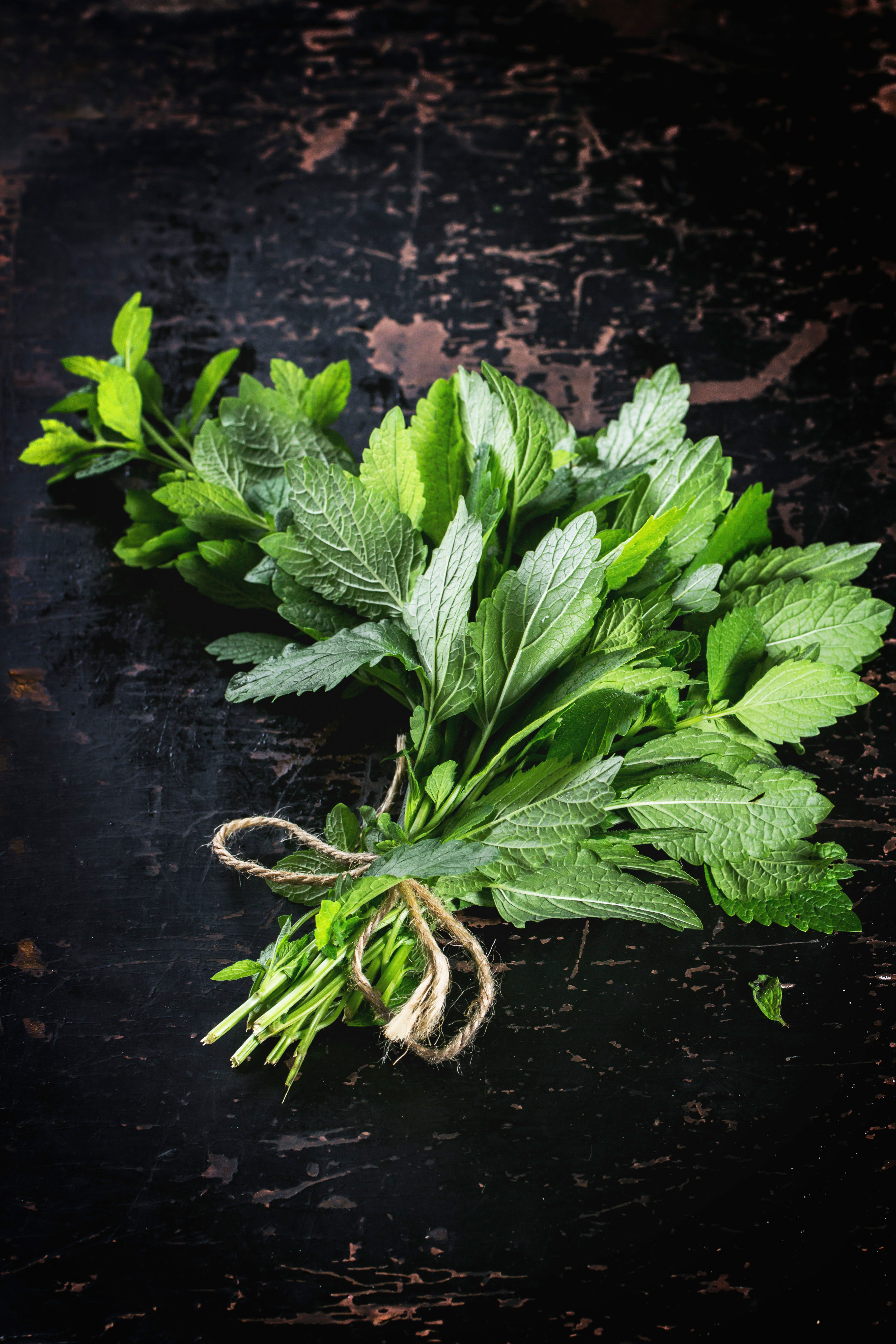
Credit: Alamy
Cultivating mint: What varietals to plant, where to plant them and whether they should be used for jelly or juleps
Mark Diacono explains why mint is for even the incurably incompetent horticultural enthusiast.
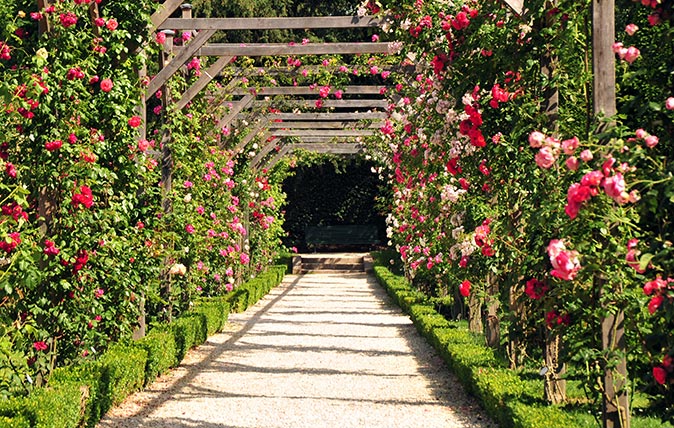
Credit: Getty
A peek behind the scenes at France's annual rose extravanganza at the Parc de Bagatelle
Charles Quest-Ritson, quite literally the man who wrote the book on roses, reveals what goes on at France's annual Concours
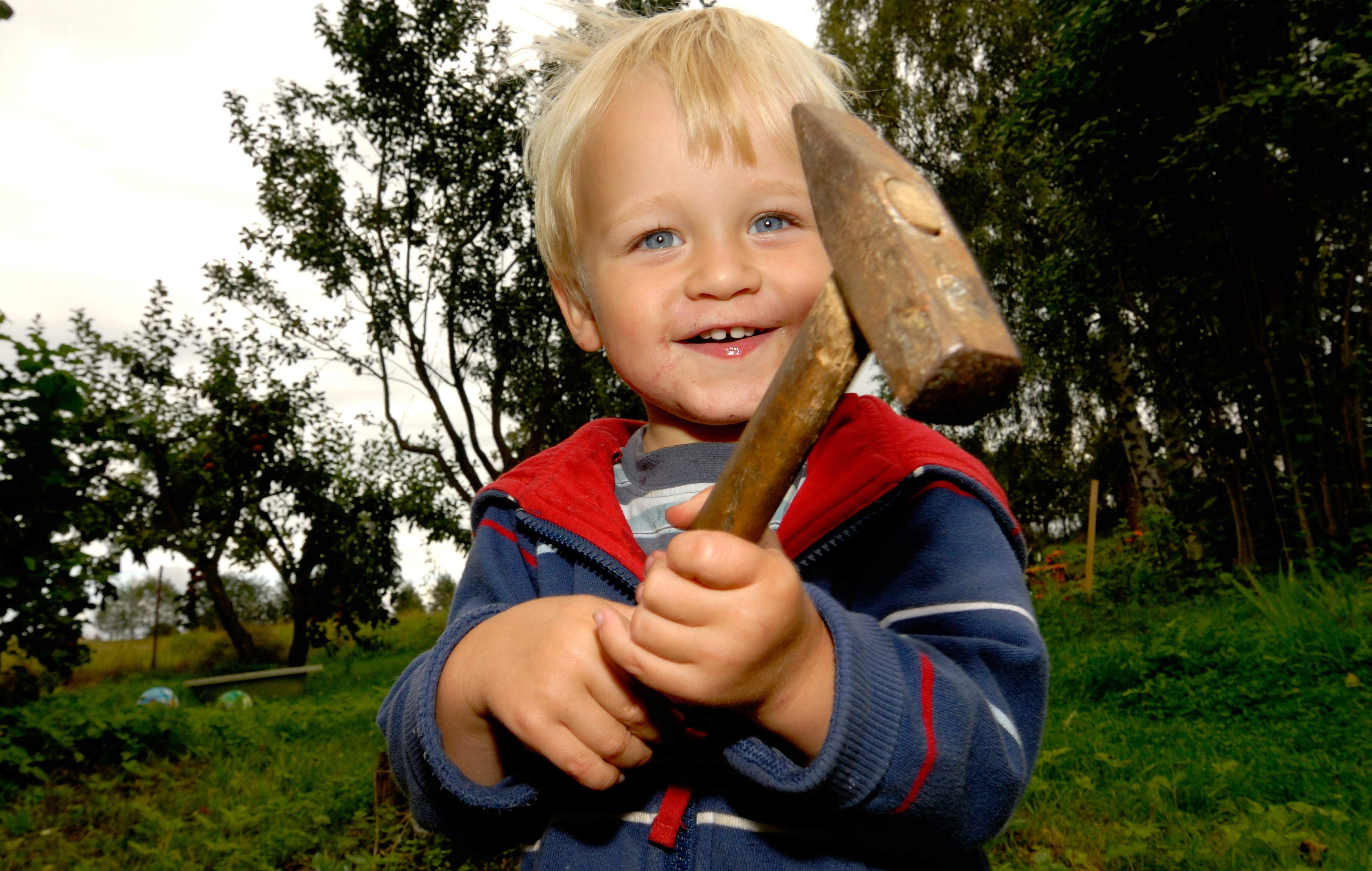
The worst garden pests of all? The ones you invite in with open arms
A couple of weeks ago, Alan Titchmarsh wrote a lovely piece for Country Life about how to get children and
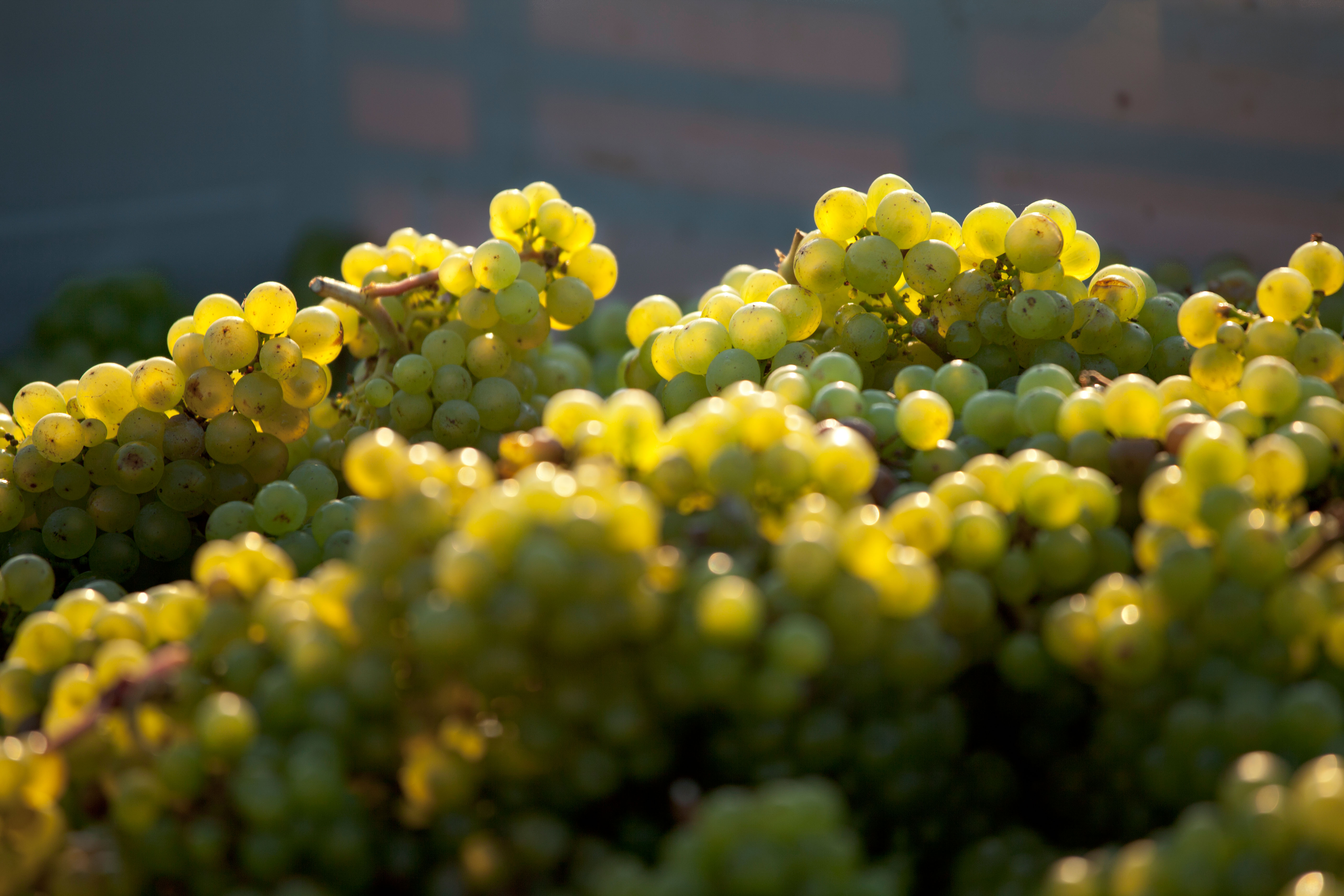
The simple guide to growing your own grapes
If you pick the right variety and get the conditions spot on, you'll be eating your own grapes under the
Mark is lucky enough to spend most of his time eating, growing, writing and talking about food. He has written fourteen award-winning books, including A Year at Otter Farm and A Taste of the Unexpected (both won Food Book of the Year, and Garden Book of the Year). Known for growing everything from Szechuan pepper to pecans to Asian pears, Mark's refreshing approach to growing and eating has done much to inspire a new generation to grow some of what they eat. He was involved in the early days of River Cottage, appearing in the TV series, and writing four River Cottage books. Mark writes to a global audience on his best-selling Substack: Mark Diacono’s Abundance.
